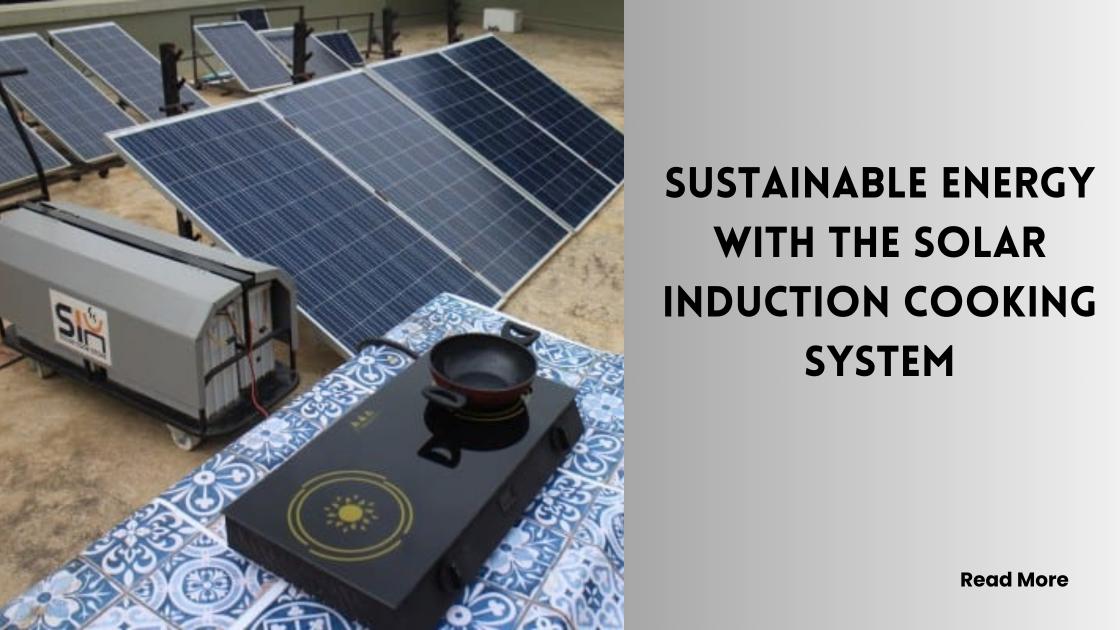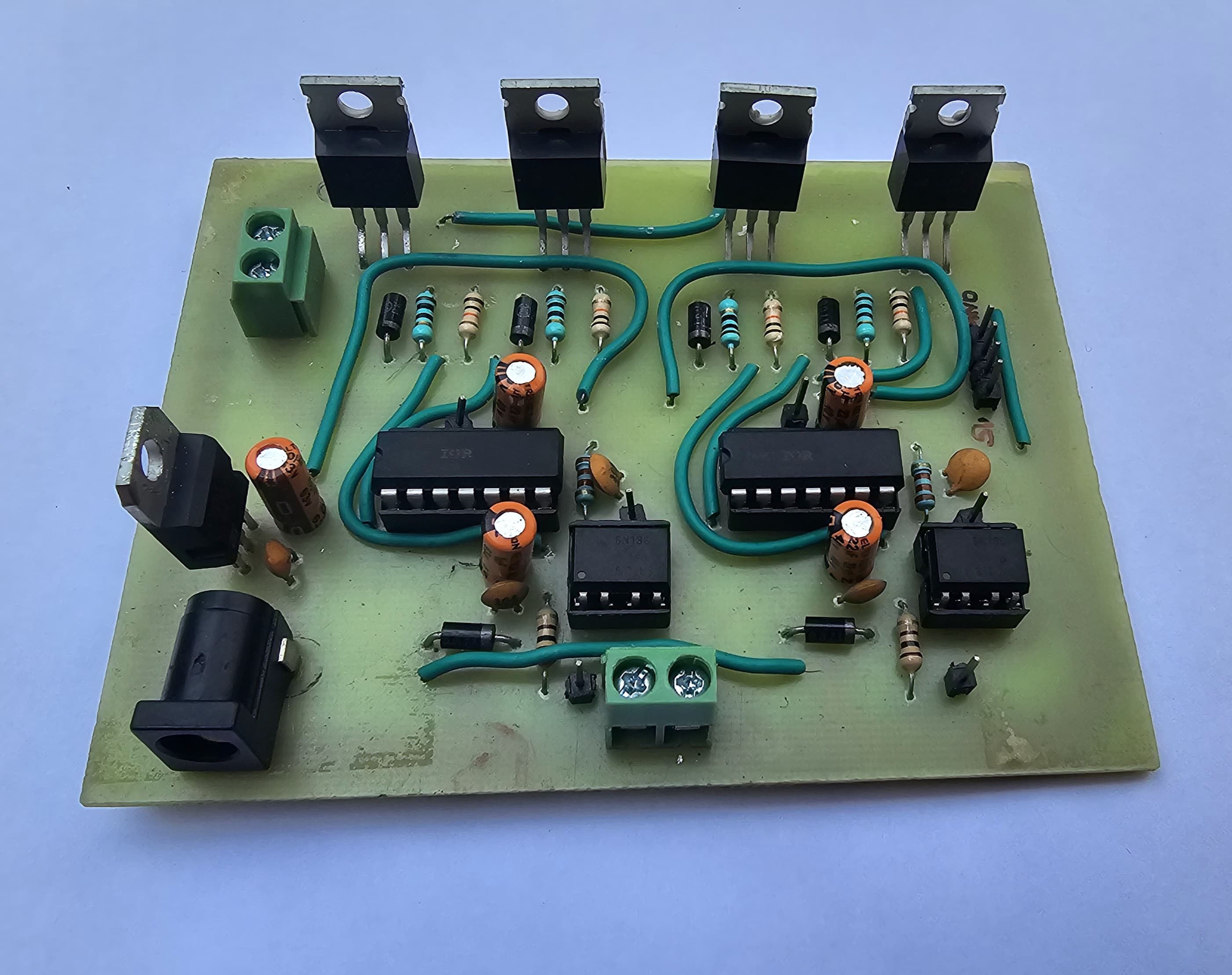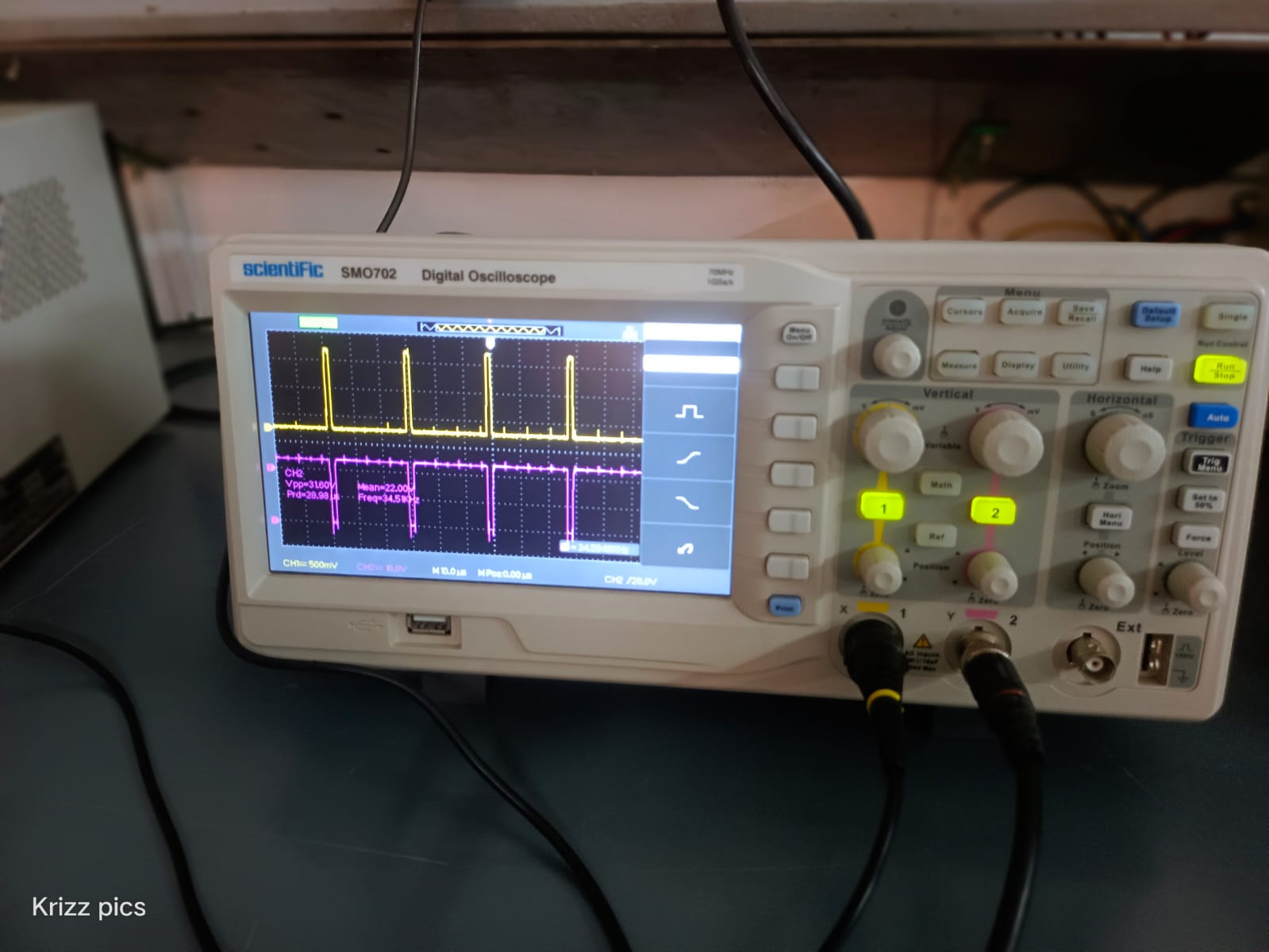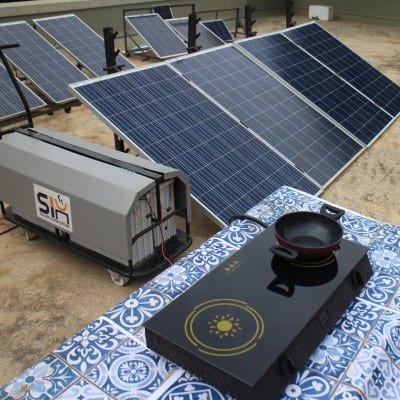Sustainable energy with the Solar induction cooking system.

Cooking is a daily ritual, and for many, it’s the highlight of the day! In a household, cooking is one of the major activities. What fuel sources do we use in our house? LPG? Kerosene? Firewood? But which ones are truly sustainable, easy on the wallet, safe for our health, and kind to the environment? With the prices of fuel rising day by day, it's high time we come up with alternatives.
To answer these questions, a group of four students from TKM College of Engineering came up with a brilliant idea that will revolutionize the way we cook.As a part of their final year project of 2023-2024, Gokul R, Goutham R, Krishna B. Raj, and Amritha Aravind came up with the concept of a solar induction cooking system with dual resonance topology.
The motive behind the Sustainable Energy project
The team of Electrical & Electronics Engineering Department from TKMCEhad a powerful drive behind their final year project. In Kerala, remote regions, particularly tribal areas, lack access to electricity. Despite the advances of the modern age, many people in these areas live without power and face major accessibility challenges due to difficult terrain like mountains and dense forests. So, most residents rely on burning wood and other organic materials for cooking, which leads to pollution and a huge list of health issues due to the harmful smoke produced. Additionally, this practice contributes to deforestation as trees are cut down for firewood, further harming the environment.Their target is to reach out to the economically, socially, and financially backward community living in such remote areas. To lend a helping hand to these people in need.
What’s built into this Solar Induction cooktop?

The usual induction cooktops that we see and use in our homes are powered by electricity. This project is also a similar cooktop, but instead of electricity, it is fully powered by solar power. Let us look into some of the most important components of this cooktop.
Solar panels capture the sun's energy (DC supply) during the day, typically for a few hours in India. Around 11 a.m. to 3 p.m. But what about nighttime cooking or cloudy weather? The team has come up with a clever solution for the cooktop to function even in such conditions: two 12- volt lead-acid batteries.

Here's how it works: When there's plenty of sunlight, the solar panel does double duty. One, it powers the cooktop directly, and second, it charges the batteries for later use. Once the batteries are charged, they can provide power to the cooktop at night or during low sunlight periods. This lets you cook with solar energy even when the sun isn't shining brightly. The batteries allow for approximately four hours of operation without relying on solar power.
The energy output from the sun varies under different circumstances and is never constant. To manage the energy supply effectively, a charge controller is installed to stabilize the energy flow. This controller regulates the energy being supplied to the battery, making sure that whenever there is a high voltage flow, it is adjusted and supplied according to the battery's requirements. A DC-DC boost converter is used to increase or boost the voltage from the battery as needed for the induction cooktop.The cooktop operates on an AC supply and uses the principle of magnetic induction to generate heat through the copper coil. The DC supply from the batteries is converted into AC using an inverter. This setup is considered stand-alone, entirely self-sufficient, and relies solely on solar panels and batteries for its operation.
What makes it unique from other cooktops?
You might have noticed at home that not all vessels function on an induction cooktop. For induction cooktops, only vessels with a ferromagnetic coating will work. What sets this solar induction cooktop apart is its ability to accommodate two types of vessels: both ferromagnetic and non-ferromagnetic ones. Such cooktops have not yet been introduced to the market because their production costs are high.
The cool, green and sustainable way to cook

The solar induction cooktops achieve maximum results with minimal power consumption. This is because traditional cooking methods like gas stoves lose a lot of heat to their surroundings, warming the air and nearby objects. In contrast, induction cooktops use magnetism to transfer heat directly to the cookware itself. This eliminates wasted energy and makes induction a much more efficient option. Safety is another benefit. Since the cooktop surface doesn't get hot, there's no risk of burns from accidentally touching the burner.
This method of cooking is highly sustainable, renewable, and eco-friendly. If the government can provide subsidies and distribute this product across the country, it would greatly benefit both people and the environment. While the initial production and installation costs might be high, there are ways to make them more accessible. For example, using just one solar panel to power a whole community and run several cooktops would save money and help more people, since not everyone can afford a solar panel for each cooktop.
Gearing up for a promising future
The team participated in an all-Kerala competition called the Young Idea Conclave, organized by the Kerala Startup Mission . They cleared the first round, and during the second round, they received a call from KSUM to take this project forward as a startup. Currently, they are undergoing training with the goal of transforming their project into a viable startup idea.
